High LTV mortgage borrowers typically charged 1% to 2% higher rates
The Bank of England has today announced that the bank base rate will remain at 0.50% for the 32nd consecutive month.

Deprecated: trim(): Passing null to parameter #1 ($string) of type string is deprecated in C:\inetpub\wwwroot\2025.financialreporter.co.uk\htdocs\templates\front-end\partials\article_blockquote.php on line 2
According to Defaqto data, below, based on current average rates for 2, 3 and 5 year fixed rate and 2 year base rate tracker mortgages, homeowners borrowing at 90% Loan-to-Value are subject to notably higher annual interest payments - typically 1% to 2% higher - than people taking out equivalent mortgages at 70% Loan-to-Value.
At the same time, however, Defaqto's analysis shows that average interest rates within individual Loan-to-Value levels have fallen since November 2008 across nearly all the mortgage types reviewed.
David Black, Defaqto's Insight Analyst for Banking, said:
"The current economic climate has made it extremely difficult for people to borrow, particularly first time buyers. People borrowing at higher Loan-to-Value levels are on average paying much more interest than those that need to take on less mortgage debt.
"This gap has been widening over time, leaving first time buyers in a particularly difficult position - but anyone looking for a mortgage should always shop around for the best available deal.
"The low base rate has undoubtedly held mortgage rates down, but at the same time growing speculation about house price movements as well as future base rate changes makes it difficult for borrowers to make decisions with real confidence.
"However, once the base rate starts to increase it will inevitably force mortgage rates upwards."
Breaking news
Direct to your inbox:
More
stories
you'll love:
This week's biggest stories:
This week's biggest stories:
FCA
Firms required to report complaints involving vulnerable customers under simplified FCA rules
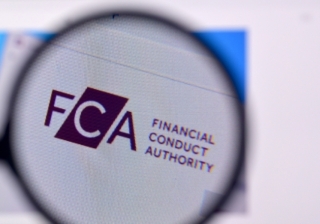
Santander
Santander joins mortgage price war with new rates from 3.51%
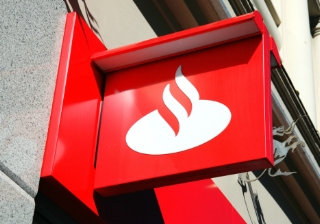
FCA
FCA sets out timeline for mortgage rule changes
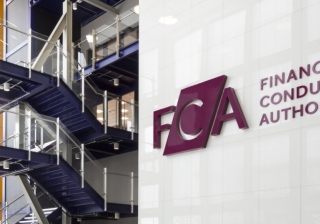
Nationwide
FCA fines Nationwide £44m for inadequate financial crime controls
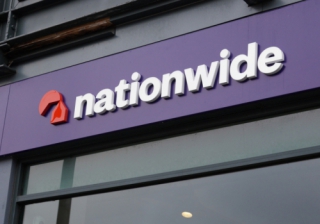
Inflation
Bank of England set to cut rates as inflation falls to eight-month low
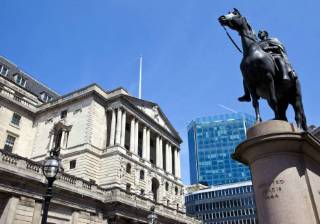
FCA
FCA announces new measures to support growth of mutuals sector
